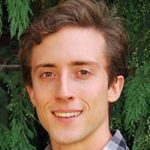Many of us might think of classwork and research as two separate entities. Here at Princeton, we might think, we take classes to learn and to prepare ourselves for independent work, but the two are distinct concepts. But reality is, of course, much more complex: classes at Princeton can and do incorporate elements of independent research work. This spring break, I had the opportunity to conduct field research as part of one of my classes, GEO 372 (Rocks!). We flew down to Death Valley National Park for a week, collecting various rock samples and learning about the regional geology. For the rest of the semester, we’ll be analyzing the samples to answer our given research question.
Continue reading Classwork Meets Research Work: A Unique Field-Based Experience in Death ValleyField Research on the Juneau Icefield: Living the Emersonian Triangle
Students across a variety of disciplines (or fields, if you will) have the opportunity to perform fieldwork at Princeton. In contrast to lab work—which involves performing experiments or analyses within a controlled on-campus environment—fieldwork takes place, well, in the field. Researchers venture out into the wide, wild world in pursuit of somehow collecting useful data from the vast webs of chaos that surround them. In my home department of the Geosciences, fieldwork is the norm: students go out to geological field camps or embark on oceanographic cruises to gather data about the raw Earth that surrounds us. However, fieldwork is truly possible in any discipline.
This past summer, I conducted my own fieldwork as part of the Juneau Icefield Research Program (JIRP). For two months, I lived and conducted glaciology research with about 40 other students, staff, and faculty on the glaciers of the Juneau Icefield—an interconnected system of over 140 glaciers spanning 1500 square miles across southern Alaska and northern Canada. It was one of the most incredible—and intellectually rewarding—experiences of my life. Here, I’ll share some stories from my time on the Icefield, contextualizing them within some broader lessons I learned about how field research operates.
Continue reading Field Research on the Juneau Icefield: Living the Emersonian TriangleGet to Know your Department Before Concentration Declaration
The spring semester is in full swing, and, for sophomores, concentration declaration is quickly approaching. Obviously, choosing a major is a big decision which will dictate what discipline you study in most of your courses and possibly direct your professional career. However, your department will also define your academic experience as an upperclass student in other ways; each department has different requirements for independent work, different research opportunities for undergraduates, and a different type of community. I found that considering all of these variables helped me to choose my major, but doing so may necessitate a bit of investigating.
So if you are a sophomore about to choose your concentration, what can you do over the next couple months to get to know the department(s) you are interested in?
Here are some tips to get you started, with examples from my beloved home Department of Geosciences:
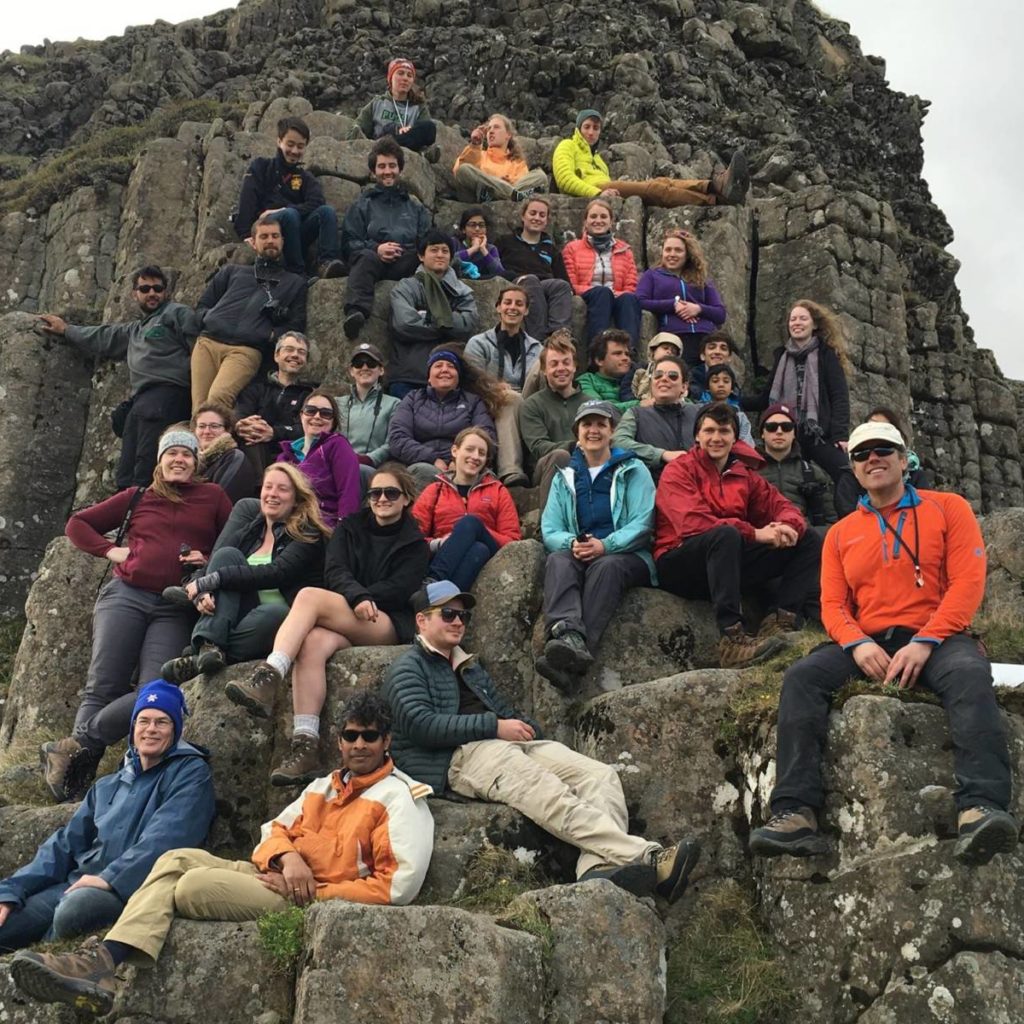
Continue reading Get to Know your Department Before Concentration Declaration
Professorship and Mentorship: An Interview with Geosciences Professor Frederik Simons
This winter, for our seasonal series entitled “Professorship and Mentorship,” PCURs interview a professor from their home department. In these interviews, professors shed light on the role that mentorship has played in their academic trajectory, including their previous experiences as undergraduate and graduate students as well as their current involvement with mentorship as independent work advisers for current Princeton undergraduates. Here, Alec shares his interview.
~~~~~
Princeton takes great pride in its focus on undergraduate independent work, and the expectations of original research and mentorship define the academic experience of juniors and seniors. However, everyone has their own model for mentoring and their own ideas of what undergraduate research should focus on. As part of our Winter Seasonal Series, I interviewed Geosciences Professor Frederik Simons to understand the role of mentorship in his life and share his perspective on undergraduate research at Princeton. I know Frederik from our many conversations in the GEO department and I took his class GEO 422: Data Models and Uncertainty in the Natural Sciences. He is the second reader for my independent work.
Mentorship is a state of mind… You need to get into someone’s mind and understand their perspective. If you see someone who is distressed or struggling, help out a little bit.
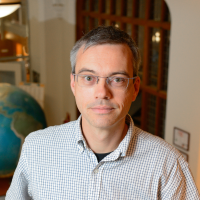
What role has mentorship played in your career, and what role does it play in your life now?
I was blessed with mentors throughout my career, a willingness to listen to advice, and the audacity to ignore it. I experienced mentorship in the form of many people looking out for me; it’s essentially about providing opportunity. Mentorship is lifelong; you are still being taken care of by other people whatever you achieve. Now I try to teach undergraduates what I think they should know and connect graduate students with opportunities.
Mentorship is a state of mind. ‘Mentor’ is from the Latin ‘mens’ for mind. You need to get into someone’s mind and understand their perspective. If you see someone who is distressed or struggling, help out a little bit. I have always enjoyed explaining stuff and helping out; it makes me feel good.
How to Make a Successful Research Presentation
Turning a research paper into a visual presentation is difficult; there are pitfalls, and navigating the path to a brief, informative presentation takes time and practice. As a TA for GEO/WRI 201: Methods in Data Analysis & Scientific Writing this past fall, I saw how this process works from an instructor’s standpoint. I’ve presented my own research before, but helping others present theirs taught me a bit more about the process. Here are some tips I learned that may help you with your next research presentation:
More is more
In general, your presentation will always benefit from more practice, more feedback, and more revision. By practicing in front of friends, you can get comfortable with presenting your work while receiving feedback. It is hard to know how to revise your presentation if you never practice. If you are presenting to a general audience, getting feedback from someone outside of your discipline is crucial. Terms and ideas that seem intuitive to you may be completely foreign to someone else, and your well-crafted presentation could fall flat.
Less is more
Limit the scope of your presentation, the number of slides, and the text on each slide. In my experience, text works well for organizing slides, orienting the audience to key terms, and annotating important figures–not for explaining complex ideas. Having fewer slides is usually better as well. In general, about one slide per minute of presentation is an appropriate budget. Too many slides is usually a sign that your topic is too broad.

Continue reading How to Make a Successful Research Presentation
Developing Open Spaces on Campus: Spatial Analysis of Princeton Land Use
Last year, Princeton announced a plan to expand the University by 2026, adding another residential college and building new athletic facilities on the south side of Lake Carnegie. In what ways will this latest expansion transform our campus, and how does that change fit with the university’s historic land use? These are the questions that my twin brother, GEO senior Benjy Getraer, set out to answer last year in a class project for GEO 90 “Analyzing Ecological Integrity: An Assessment of Princeton’s Natural Areas.”
Research often involves a spatial dimension–you want to find out not only what is happening but also where. This is an important component in many disciplines: political scientists want to know how voting results breakdown by precinct or change over time; linguists may want to understand how dialects vary regionally; climate scientists want to know how much different parts of the globe are warming.
To address these types of large-scale research objectives or answer smaller questions such as Benjy’s, you can use Geographic Information System (GIS) software to display, edit, and analyze geospatial data. Spatial analysis provides a unique way to study data and add diversity to figures and data visualization. In this post I will introduce basic concepts of geospatial data and one application of GIS analysis by walking through Benjy’s project, mapping land use change on Princeton’s campus.

Continue reading Developing Open Spaces on Campus: Spatial Analysis of Princeton Land Use
Active Engagement and Mentorship on the Juneau Icefield
For over 70 years the Juneau Icefield Research Program (JIRP) has run an eight-week field research expedition on the glaciers spanning Juneau, Alaska and Atlin, British Columbia. JIRP is the longest continuous glacial monitoring program in North America. But what truly sets the program apart is its commitment to active student participation and mentorship: all of the summer research is carried out by students, ranging from high schoolers to Ph.D. candidates, and mentored by field staff and faculty from around the world.
Active participation and mentorship are vital aspects of all student research. In my experience, I learn way more from engaging with research in the real world than from reading, listening to lectures, or completing recipe-type lab exercises. So, when I got the opportunity to join JIRP this summer, I jumped at the chance.
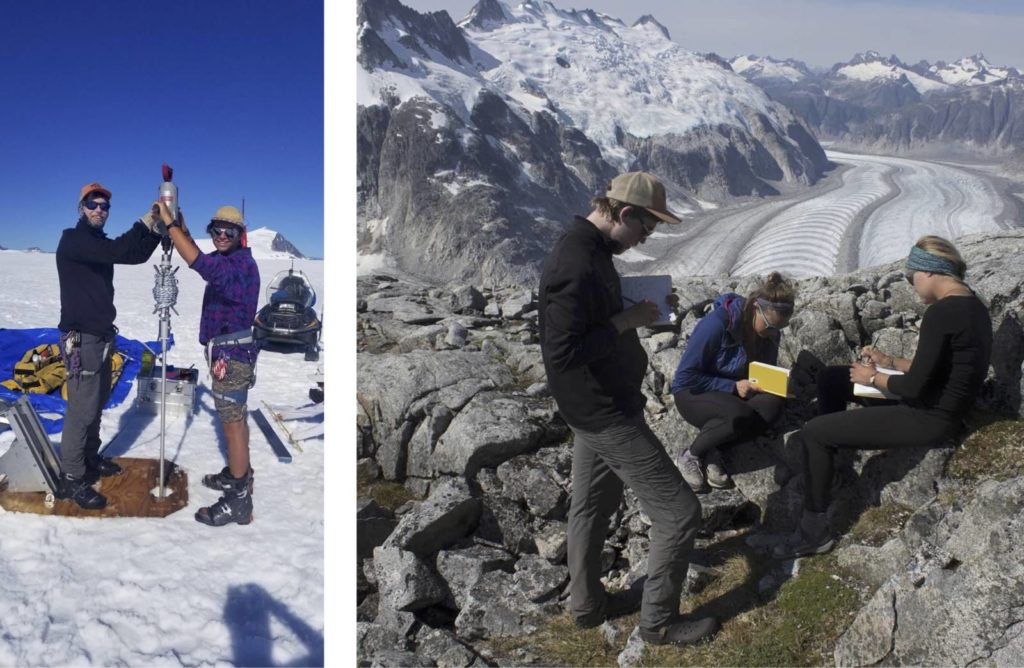
Continue reading Active Engagement and Mentorship on the Juneau Icefield
GEO/WRI 201: The Best Course on Scientific Research and Writing Offered at Princeton
“Any science major should consider this course…it is basically independent work guided by two top notch professors and supported by an entire seminar class.” – Anonymous Student Review
Every undergraduate studying the natural sciences at Princeton undertakes significant independent research projects in their Junior and Senior years. GEO/WRI 201: Methods in Data Analysis & Scientific Writing is a unique course designed specifically to teach students how to write an independent scientific paper. If you are a Sophomore or Junior looking to attain the concrete skills and confidence to tackle independent research, there is no better class to take.
In 201, you will learn how to design, research, write, and present original scientific research, all through the lens of measuring changing landscapes using satellite and drone-derived aerial imagery. Under the mentorship of Adam Maloof (GEO) and Amanda Irwin Wilkins (WRI), and with the support of your peers, you will: develop an original, well motivated scientific question; design effective field methods to test a specific hypothesis; quantitatively analyze data and imagery; and learn how to effectively communicate the results in a scientific paper and slideshow presentation. The highlight of the class is a nine day field trip across Utah, where students work collaboratively to implement their own field methods, piloting drones and collecting climatological data.
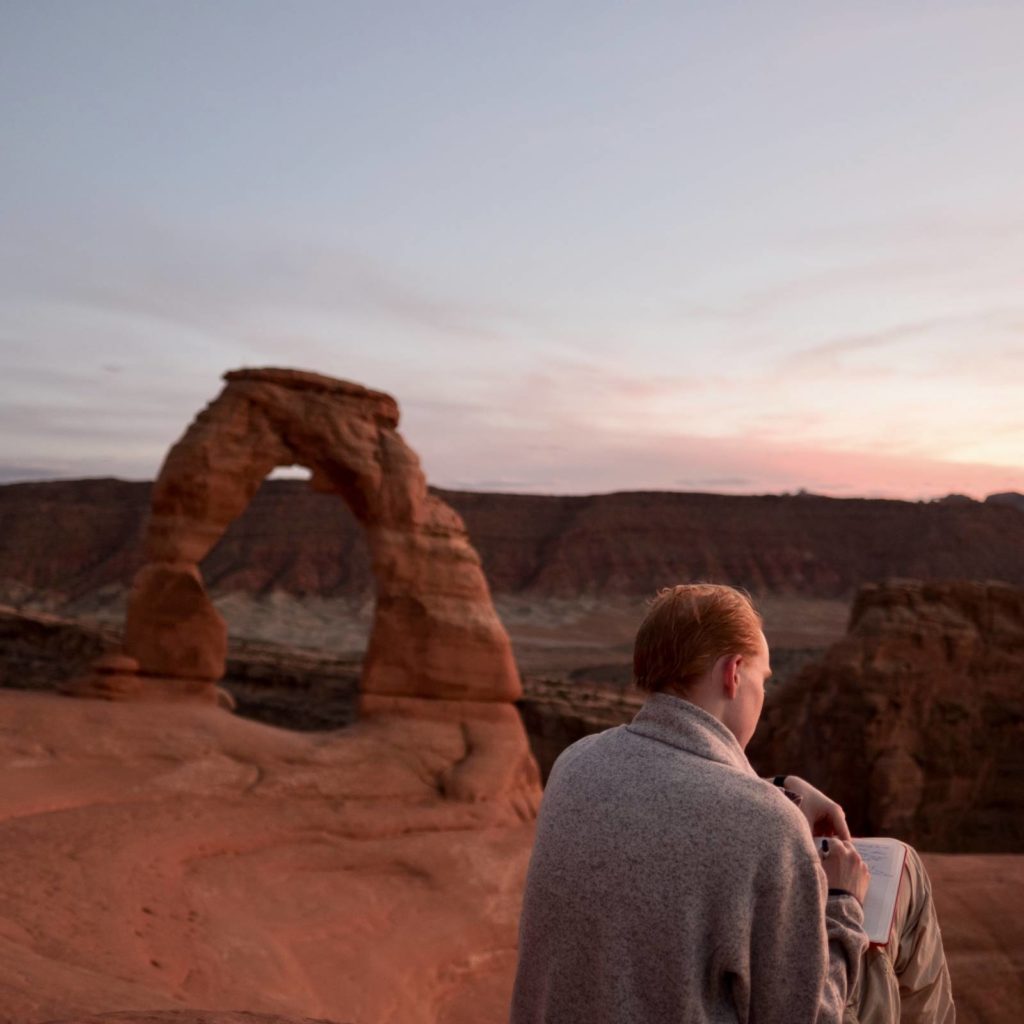
The Unexpected Concentration: Why I Declared Geosciences
Few students enter Princeton planning to study Geosciences–I certainly didn’t.
Fascinated by the natural world and enticed by the prospect of a field semester in Kenya, I confidently chose “Ecology and Evolutionary Biology” as my intended concentration every semester on Tigerhub’s Academic Planning Form. My backup plan, if the sciences weren’t the right fit, was to study History and get a certificate in American Studies.
So why, when it came time to declare my concentration, did I end up choosing Geosciences? There were three factors that I felt set GEO apart from the other departments I considered:
Community
When I was considering which department to join, it was important to me that the department had a strong community with a space for undergraduate participation.
GEO has a vibrant department community that places a high value on undergraduates. Undergraduate participation is encouraged in weekly department wide events such as lunchtime lectures and snack breaks, as well as celebratory events such as annual department picnics. Even before I declared my concentration, faculty and staff in the department made it clear that there was a place for me in GEO.
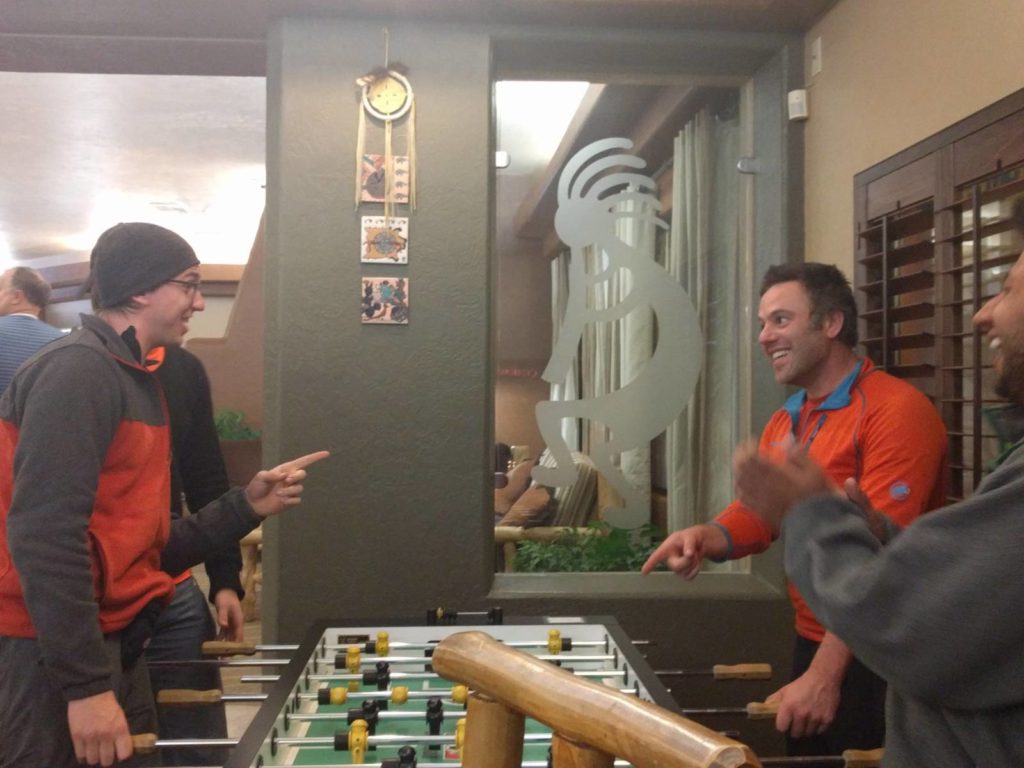
The department even has its own undergraduate society, Princeton University Geosciences Society (PUGS), run entirely by students, which plans regular social events and field trips centered around building a close-knit community of engaged undergraduates. PUGS organized a department field trip to Iceland in 2015 and is planning a weeklong trip to the United Kingdom this year.
Continue reading The Unexpected Concentration: Why I Declared Geosciences
Looking Back on Undergraduate Research: A Conversation with Adrian Tasistro-Hart ’17
In a continuation of last year’s seasonal series, this winter, each PCUR will interview a Princeton alumnus from their home department about his/her experience writing a senior thesis. In Looking Back on Undergraduate Research: Alumni Perspectives, the alumni reveal how conducting independent research at Princeton influenced them academically, professionally and personally. Here, Alec shares his interview.
~~~~~
Adrian Tasistro-Hart graduated in 2017 with a degree in Geosciences. A PEI Environmental Scholar, Adrian focused on one independent research project spanning his Junior Papers and Senior Thesis, which he plans on submitting for publication. Adrian is currently working towards a masters degree in Geophysics at ETH in Zürich, continuing his research journey which began at Princeton. Here is what Adrian had to say about his experience with undergraduate research and the impact of his independent research experience:


